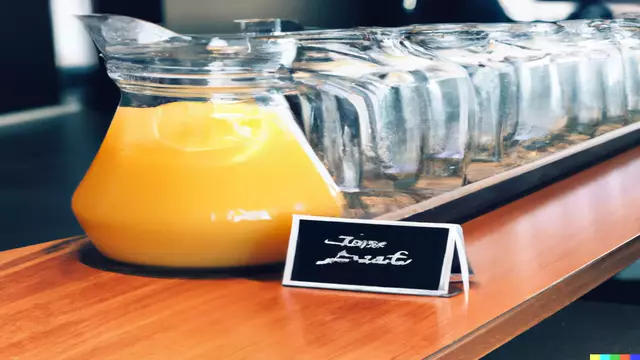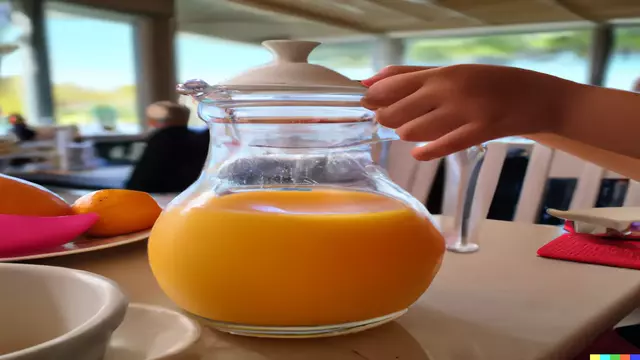Have you ever wondered what chemical composition orange juice is made of? Is it an element, compound, or mixture? Well, the juice is made of different chemical parts. It is not an element, which is a single type of chemical. It is also not a compound, which has two or more elements stuck together. Orange juice is a mixture because it has many chemical parts mixed.
Orange juice has a chemical composition that can be broken down into its components. It contains water, fructose, and glucose which are both simple sugars, citric acid for flavor and aroma as well as various vitamins. Depending on how it is prepared, the fruit crush can have different levels of acidity or basicity. Ultimately though it is classified as a Homogeneous or Heterogeneous Mixture due to its chemical properties.
Is Orange Juice An Element, Compound, or Mixture
Let us address the question of whether orange juice is an element, compound, or mixture.
- Element: A chemical substance made up of only one kind of atom.
- Compound: A chemical substance composed of two or more different chemical elements that are chemically combined in a fixed ratio.
- Mixture: A combination of two or more substances in which the individual components retain their chemical properties and can be separated by physical means.
Orange juice is a mixture because it has many chemical parts mixed. It contains water, sugar, citric acid, and vitamins. Depending on how it’s made, orange juice can taste different!
Is Orange Juice Homogeneous or Heterogeneous?
It all depends on how “orange juice” is defined.” If you define it as the liquid that is squeezed out of oranges, then it is most likely a heterogeneous mixture, as it may contain bits of pulp, seeds, and other bits of fruit.
But, if you define it as a commercial product that is sold in stores, then it is most likely a homogeneous mixture. This is because it has been filtered and pasteurized to remove any solids and ensure a uniform consistency.
What Does Homogeneous and Heterogeneous Mean
A homogeneous mixture, also known as a solution, has a uniform chemical composition throughout. Orange juice contains water and dissolved sugars which make it a homogeneous mixture.
A heterogeneous mixture, on the other hand, has different chemical components that are visible. The chemical component is suspended in the solution or settled at the bottom. Orange juice also contains vitamins and other chemical compounds as well as the pulp, which is why it is considered a heterogeneous mixture.
Examples of homogeneous chemical mixtures include
- Saltwater, sugar syrup, and orange juice.
Examples of heterogeneous chemical mixtures include
- Concrete, soil, and fruit smoothies.
Overall, the chemical composition of fruit juice is a combination of homogeneous and heterogeneous mixtures.
Is orange juice an acid or base
Orange juice is neither an acid nor a base, as it is neutral on the pH scale. The pH scale is used to measure the acidity or alkalinity of a solution. A pH below 7 is considered acidic, and a pH above 7 is considered alkaline or basic.

The exact pH level of Fruit juice varies depending on the type but is usually between 3 and 4. This means that Fruit juice is slightly acidic, but not enough to be classified as an acid.
Conclusion
In conclusion, orange juice is neither an acid nor a base but is rather neutral on the pH scale. It is composed of both homogeneous and heterogeneous mixtures, with water and dissolved sugars making up the homogenous component and vitamins, other compounds, and pulp making up the heterogeneous component. All in all, orange juice is a complex and interesting beverage!
